As I’ve written on the Mark Watney Potato Project page, the potato I planted earlier this summer died last week. On my YouTube channel you can see how fast the plant grew in simulated mars soil (regolith) the first few weeks, before the growth stopped and it started to wither. Today, I emptied the pot onto a plastic sheet to make sense of what happened.
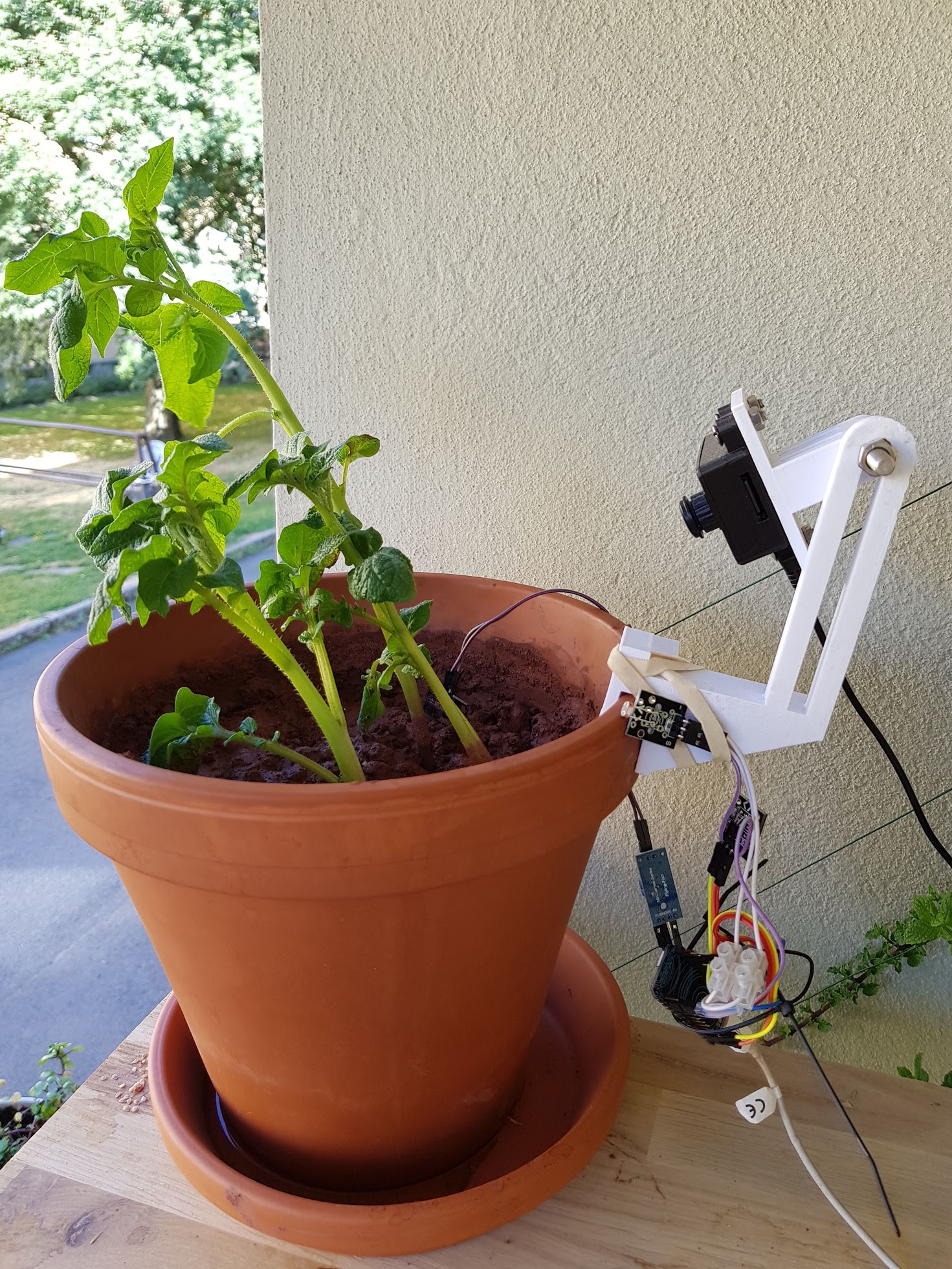
When I planted the potato, I made sure to add fertilizer (chicken manure, a good substitute for the human faeces that will be used on Mars) and monitor the moisture level in the soil using a sensor that made measurements every 15 minutes and posted them online. I was also able to see how the plant was doing via the pictures that where taken every 30 minutes and posted online. Add the temperature and light sensor, and you could safely say that this summer, my potato was the most surveilled plant in Norway. Luckily, potatoes have not yet been granted the right to privacy by the EU… 🙂
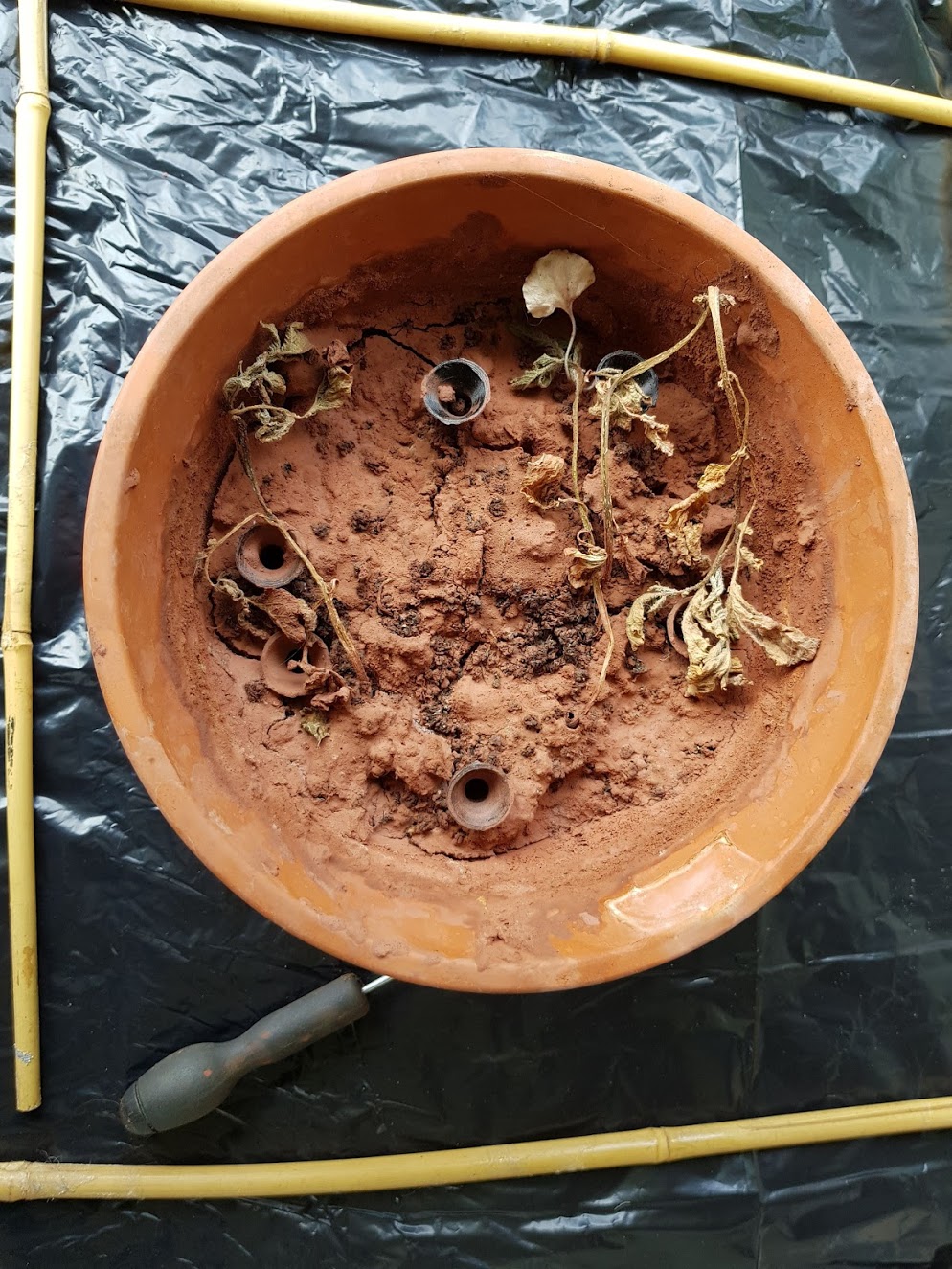
Now I had several hypotheses to explain why the plant died. One that immediately sprang to mind was temperature. From May to August, Southern Norway suffered through the longest and hottest heat wave in recorded history. Officially temperatures rarely exceeded 30 degrees Celsius in Oslo, but my digital sensor routinely recorded values well in excess of that. On the other hand, the potato had enough water and was only subjected to direct sunlight for a few hours every day.
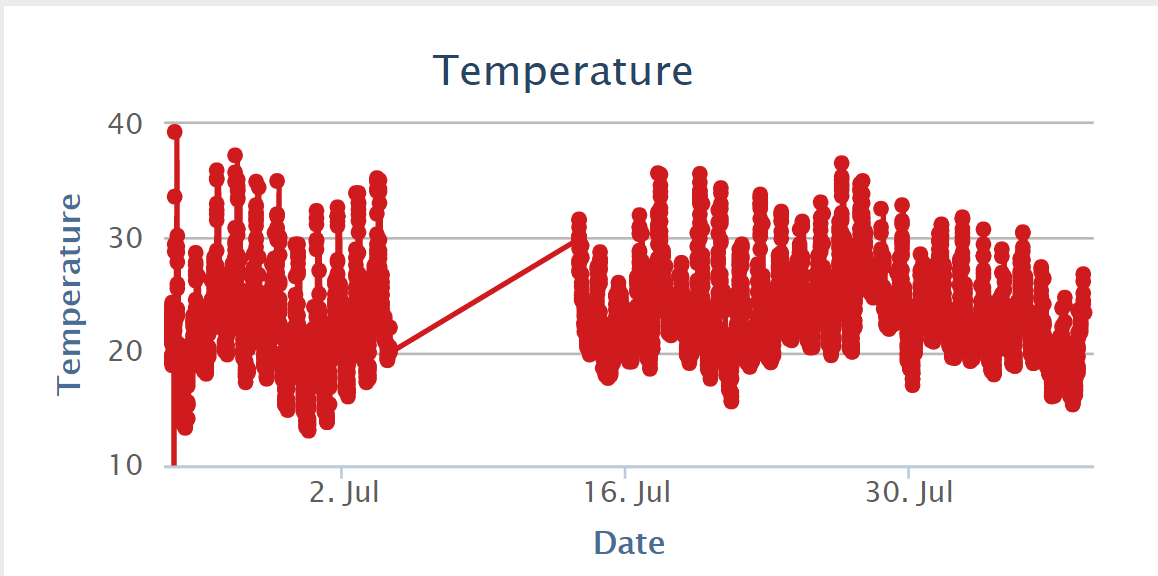
A more likely possibility was that the soil was too compact for the potato to develop a proper root system. Without roots spreading through the soil, the potato would be unable to absorb enough water and fertiliser, and would start to die as soon as it had used the energy stored in the original spud. When I emptied the pot onto the plastic sheet, what I experienced and saw seemed to support this view.
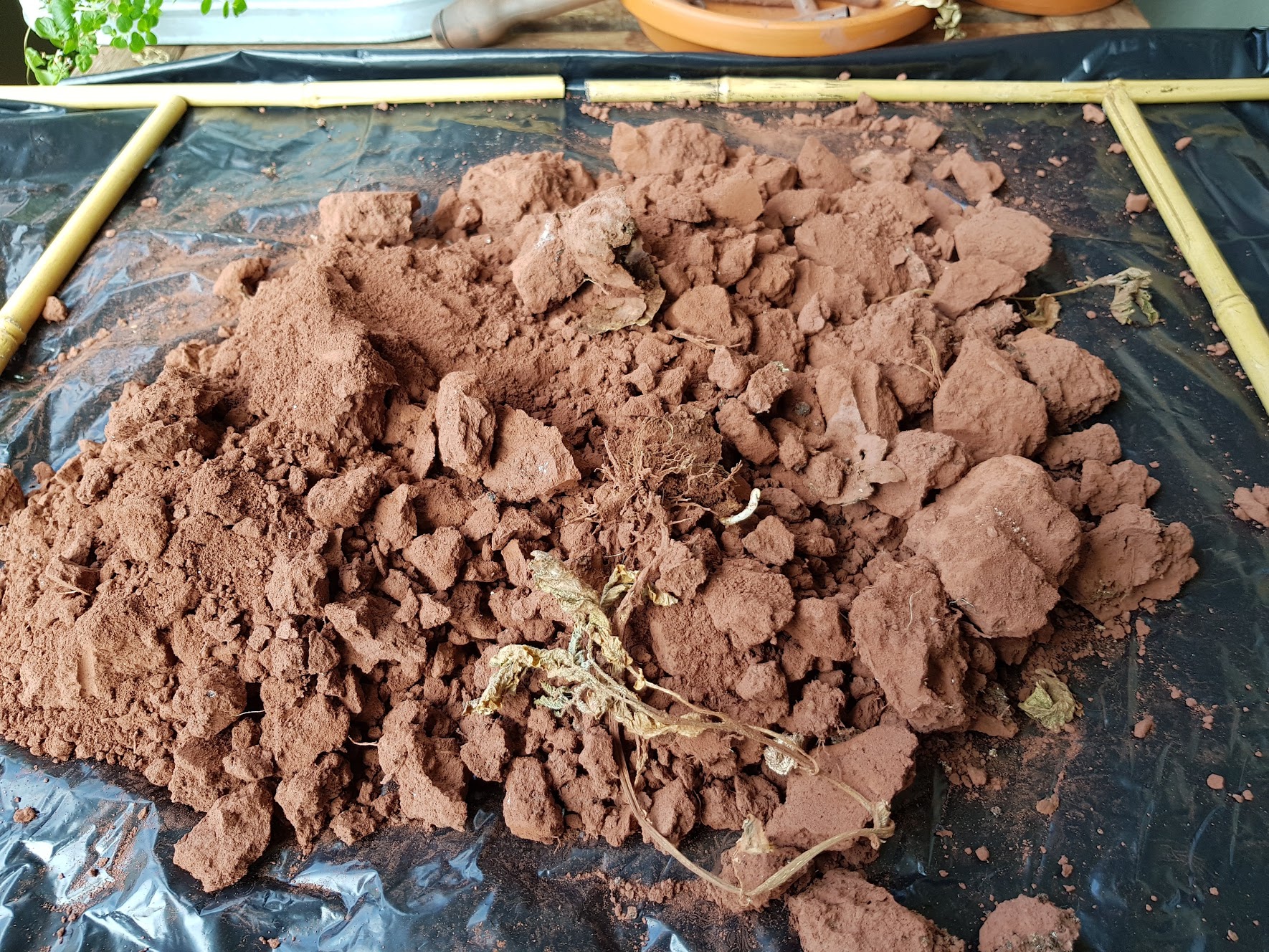
The soil was very hard to get out, and seemed more like dried clay than anything else. The plant had hardly developed any roots at all, and the potato itself was an empty, dry husk.
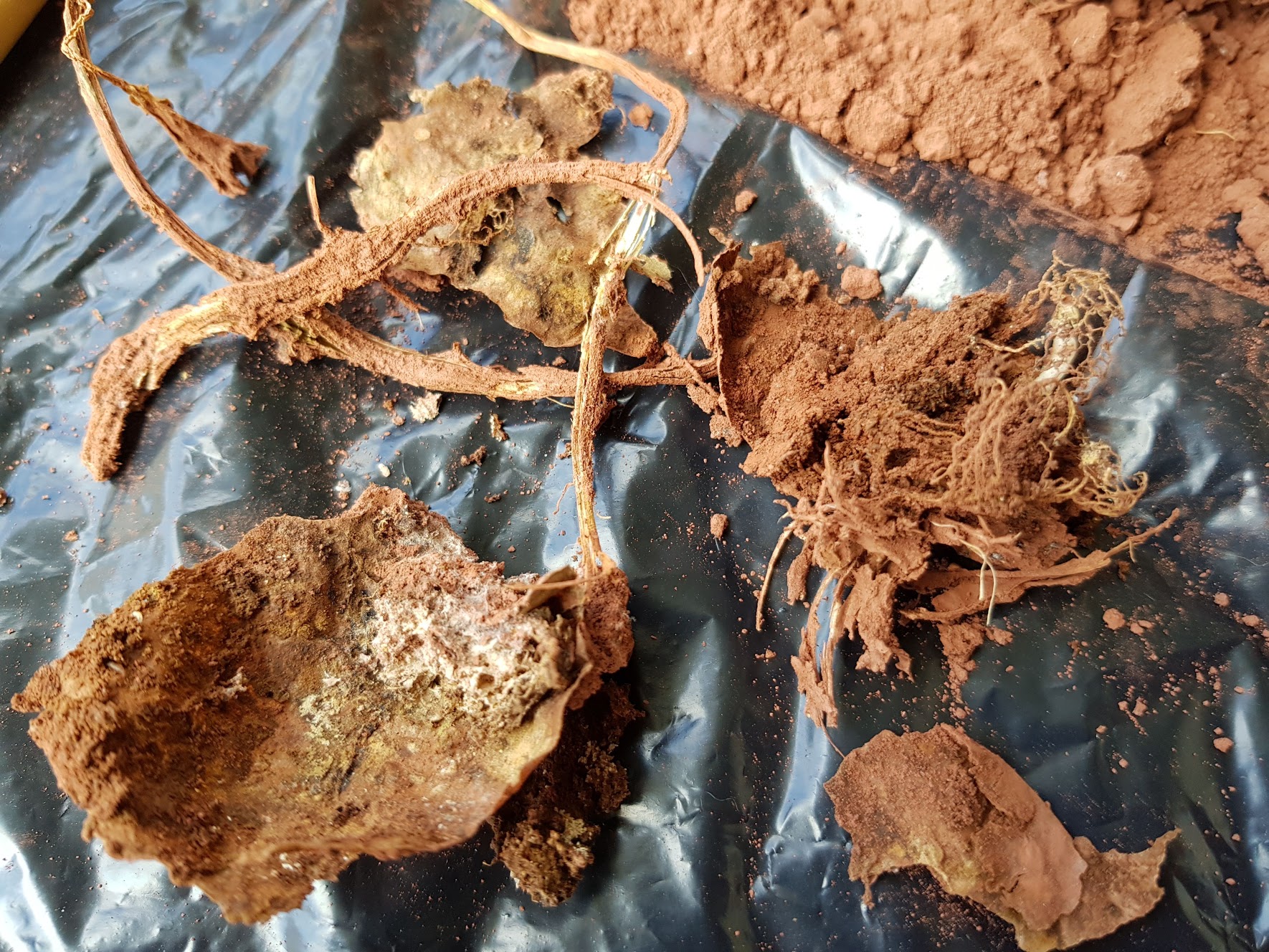
This explanation makes sense. I used a Mars soil simulant which consists of finely ground volcanic rock or regolith. This replicates conditions on the surface of Mars, which is covered by a layer of reddish dust particles, sand and rocks, mostly of volcanic origin. My Mars soil had the consistency of cocoa powder, which meant that it had a tendency to solidy after it had been watered.
Previous experiments with similiar soil simulants, done at the University of Wageningen in the Netherlands, has also shown that is difficult (though not impossible) to get food crops to grow in simulated Mars regolith.
What next?
There is little point in repeating the project with another potato or new food crops in the same type of soil. I have chosen to leave the simplistic framework set out in the book and movie «The Martian» – ie grow plants in Mars soil with a lot of fertiliser added. Instead I will make what I believe to be a reasonable assumption: In a human settlement on Mars, everything will be recycled.
Not because recycling is the right thing to do for the environment – on Mars there is very little «environment» to protect. The main motivation will be economic, as transporting goods from Earth will be hugely expensive for the foreseeable future. All food waste and other biodegradable waste will be composted as a matter of routine. Which means that after a few months of settlement on Mars, it will be possible to improve the local soil dramatically using compost and human feces-based fertiliser.
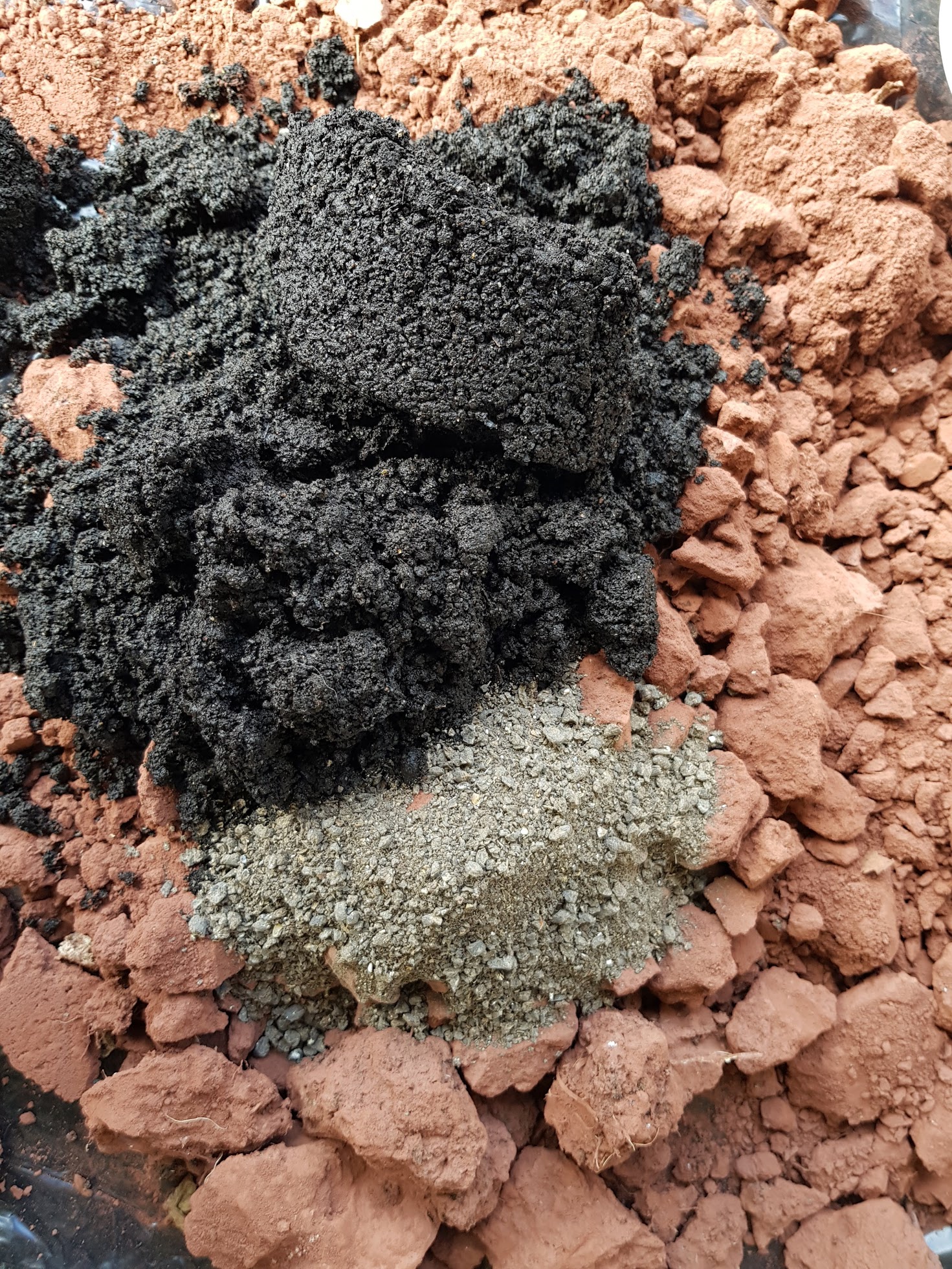
I want to test this idea. In addition to chicken manure, I have now added compost made from food and plant waste to my Mars regolith. I have not yet decided what kind of plants I want to grow, what I do know is that autumn is coming soon which means moving the plants inside. My next project will use artificial lighting, which will also be important on Mars in the future due to the weaker sunlight on the planet. Stay tuned!
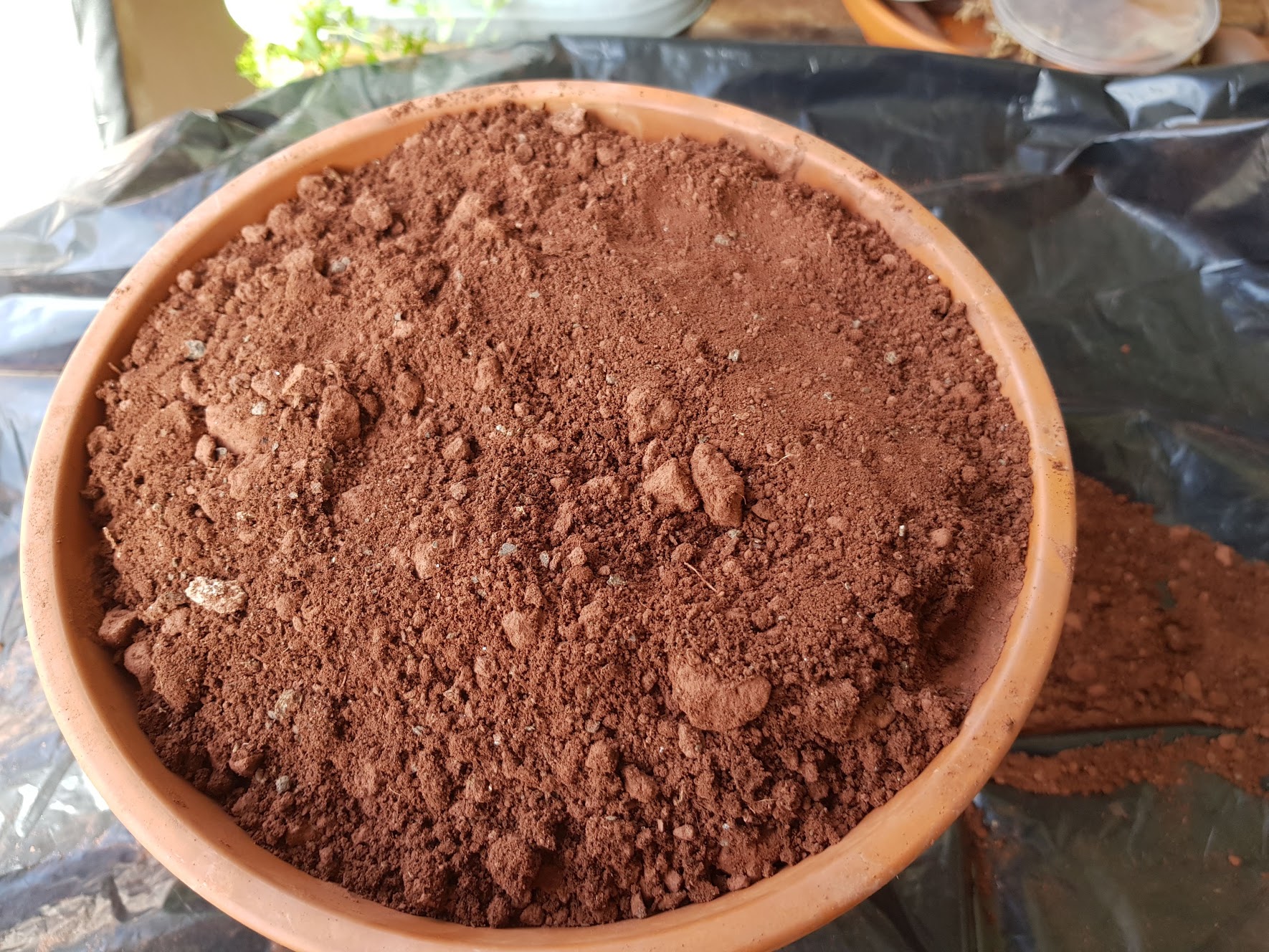
Links
The Mars potato page, with updates and links to videos
How to set up a Raspberry Pi (Zero) to upload images to a server via ftp
My YouTube channel, with timelapses of the potato plant’s rise and fall
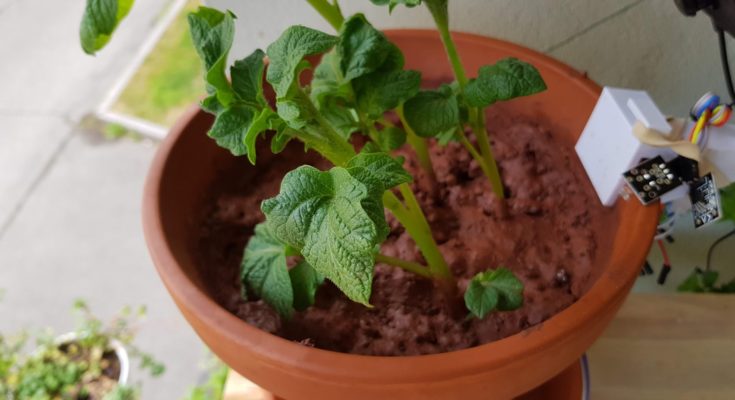
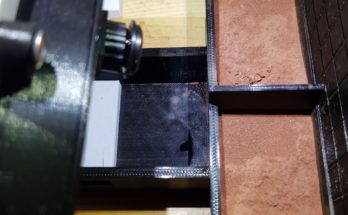
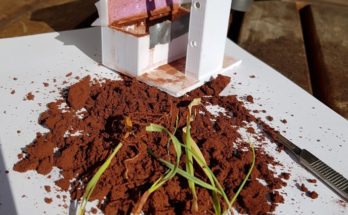
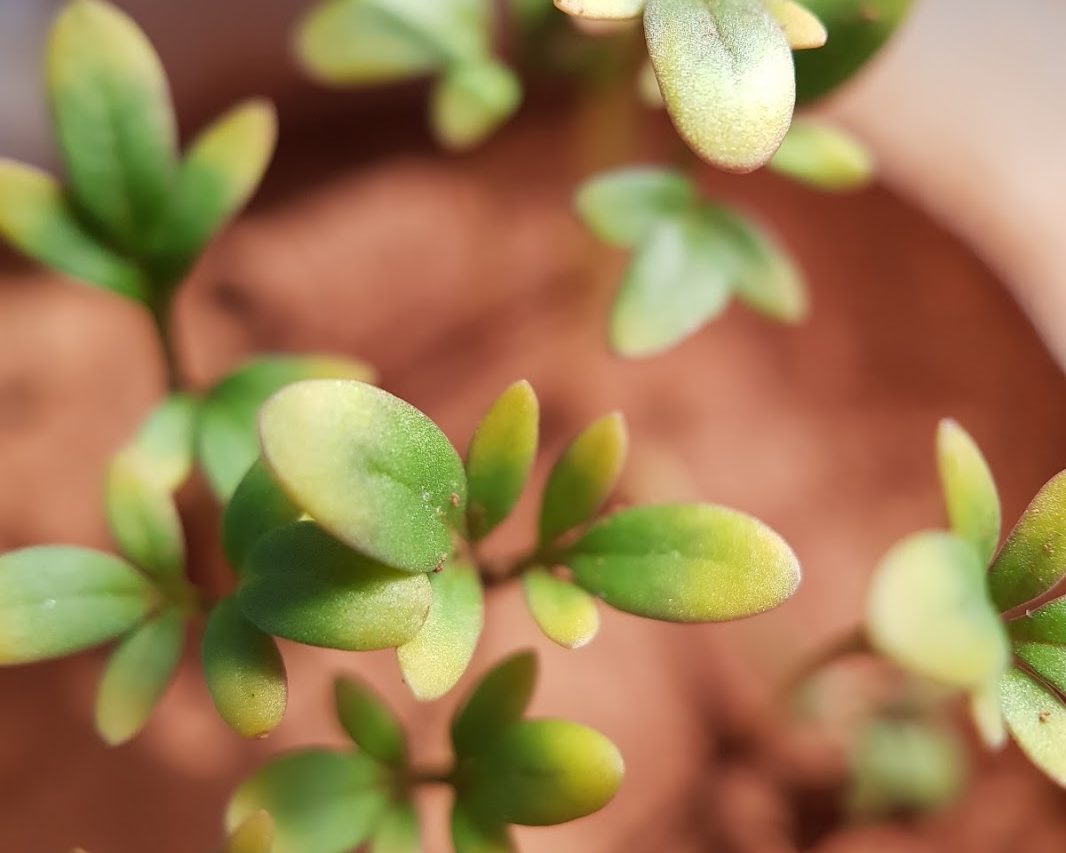
At a glance, if your soil was just regolith, chicken manure, water and a potato. where were the microorganisms that are needed to break down the chicken manure into products that the potato root can absorb? The fact that there was still recognisable chicken manure in the soil whan the potato died tells you that it wasn’t getting broken down in the soil. With the compost, your next potato will be completely fine – lots of good bugs in there!
Thanks for your comment! I also figured that there was a lack of microbial diversity, so to speak. I did try to incorporate compost from my in-laws, who are avid gardeners. But alas, it was too late in the game. 🙂